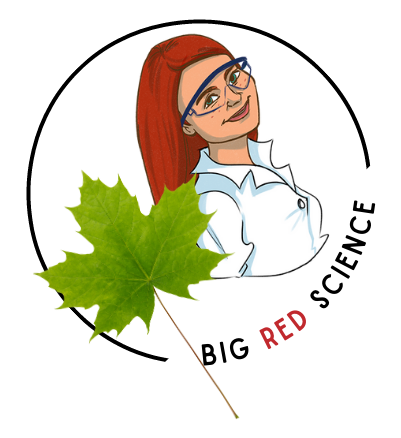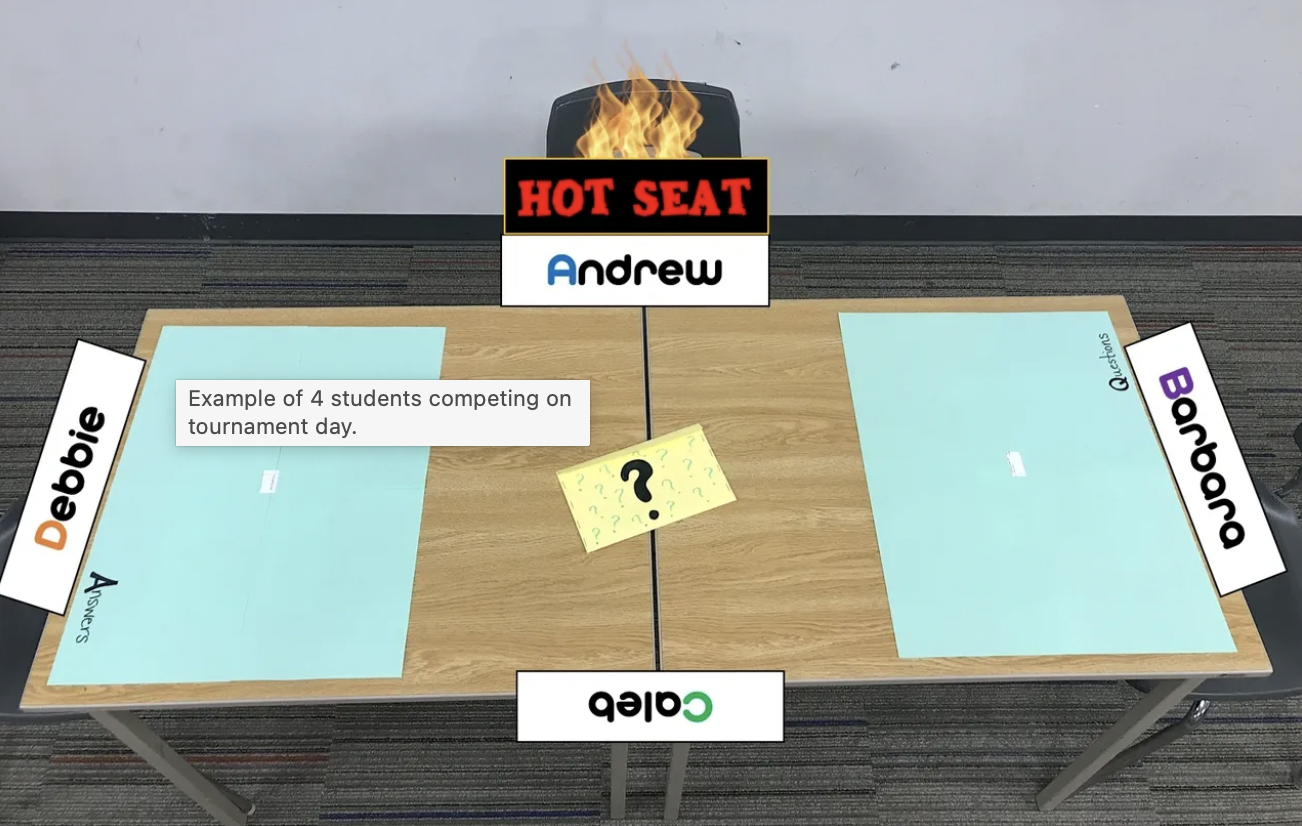If you appreciate long term engagement and student-directed learning, you NEED to try this.

When I first started teaching there were a couple of units in my biology and chemistry courses that were not fresh in my mind from university.
In biology, it was definitely the metabolism unit. I vaguely remembered that glycolysis existed but I didn’t know much beyond that. And since I’m someone who is terrible at flying by the seat of my pants, it meant that I put A LOT of effort into this unit. I am so grateful to my past self for doing that, because I found some amaaaaaazing ideas from other educators.
My favorite thing that I first implemented in this unit is the Teams Tournament. This was an idea that I came across from Meg O’Mahony, an educator in Ontario. It can be used for ANY topic.
The Tournament in a Nutshell:
Here’s the jist of it:
For the entire unit, students are grouped together in study groups. Ideally, the groups are of mixed ability. I make sure that I have an even mix of my strongest students, my struggling students, and those that fall in the middle. For the sake of clarity, imagine you have a class of 16 students. You could create 4 study groups of 4 students, with each group consisting of 1-2-3-4. Imagine 1’s are your strongest students and 4’s are your weakest.

Now, you have the groups. As you move through the unit, these students are expected to work and learn together. Any time there is an extra 10 minutes, they get together and review. This can be guided by the teacher or open-ended.
The whole unit is building up to a tournament day before the test, where they will compete for ULTIMATE GLORY. In this tournament, you are not competing against your study group. Instead, all the 1s will face off against the other 1s, as will the 2s, 3s, etc. Each student will answer an equal number of questions, and their placement within their tournament gives them points to bring back to their home study group! If you’re feeling generous, the winning study team can get a prize 🙂

I see incredible engagement with this format. I think that the build-up to the tournament results in a lot of hard work, and it’s a great opportunity for students to engage in their own learning by helping their peers. With the right groups, you’ll see magic.
Tournament Set-up:
When it comes to the execution of the tournament, I wanted it to be run in a way that allowed me to circulate and observe rather than be on stage. I developed a method that works really well for me and is relatively low-prep.
Here it is:
Each tournament happens at one table, and each table has:
-
- A sheet of 56 questions, numbered #1 – 56, in a 7 x 8 table;
-
- A corresponding sheet of 56 answers, numbered #1-56, in a 7 x 8 table;
-
- An envelope containing the numbers 1 – 56;
-
- 2 covers (one for the Qs, one for the As) made of 4 pieces of colored paper taped together and a small rectangle cut out of the center. It should be JUST big enough to reveal a question/answer.
-
- Enough chairs for the number of students competing.

Refer to the diagram below as I explain. We’ll follow around Andrew.

Andrew starts in the hot seat. That means that he will be the first student to answer a question. He reaches into the envelope and picks out a number. If his number is 12, Barbara moves the cover so that the opening reveals Question #12. Barbara reads the question. When Andrew is ready, he gives his answer. Debbie, who has moved the cover to reveal the answer to Question #12, says whether Andrew is right or wrong.

If correct, Andrew keeps the slip of paper with “12” on it as a way to keep track of his points. If he is wrong, he puts it in a designated discard area. Then, everyone rotates so that Debbie is in the hot seat. Caleb is now in front of the answers, Andrew has moved to the questions, and Barbara just listens. This repeats until all the questions have been read! (Note: if extra questions are required to ensure equal turns in the hot seat, I come over at the end and give the necessary additional questions.) This method also works with battles of 2 or 3 students, but I wouldn’t do more than 4 per table.
I tell the students upfront that they are the judges for accuracy of answers, and because they will all be in the hot seat at some point, they are quite fair. I rarely get involved in a dispute over answers.
This is fun, student-centred, and has produced great results.
I’ve run into some teachers who feel uncomfortable with grouping students by levels, so it’s up to you how you do it.
But I’ll leave you with this:
I will always remember the moment when a girl who won her tournament (against peers of similar level) came up to me – at PROM, of all places – and told me that she was really proud of herself for doing so well in the biology teams tournament. I mean, come ON.
You’ve got to give it a try! And let me know how it goes!
Scientifically yours,
Mo
Interested in weekly science teaching tips? Click here!
Interested in other blog posts? Check out:
My Favorite Way to Review Vocabulary in High School Science
An Unexpected Way to Foster Positivity in the Classroom
March Mammal Madness: What’s all the hype about?
The Top 23 Teaching Interview Questions
Using Case Studies in the Science Classroom



